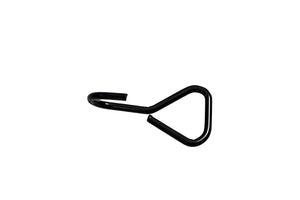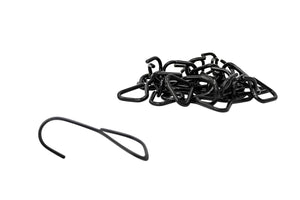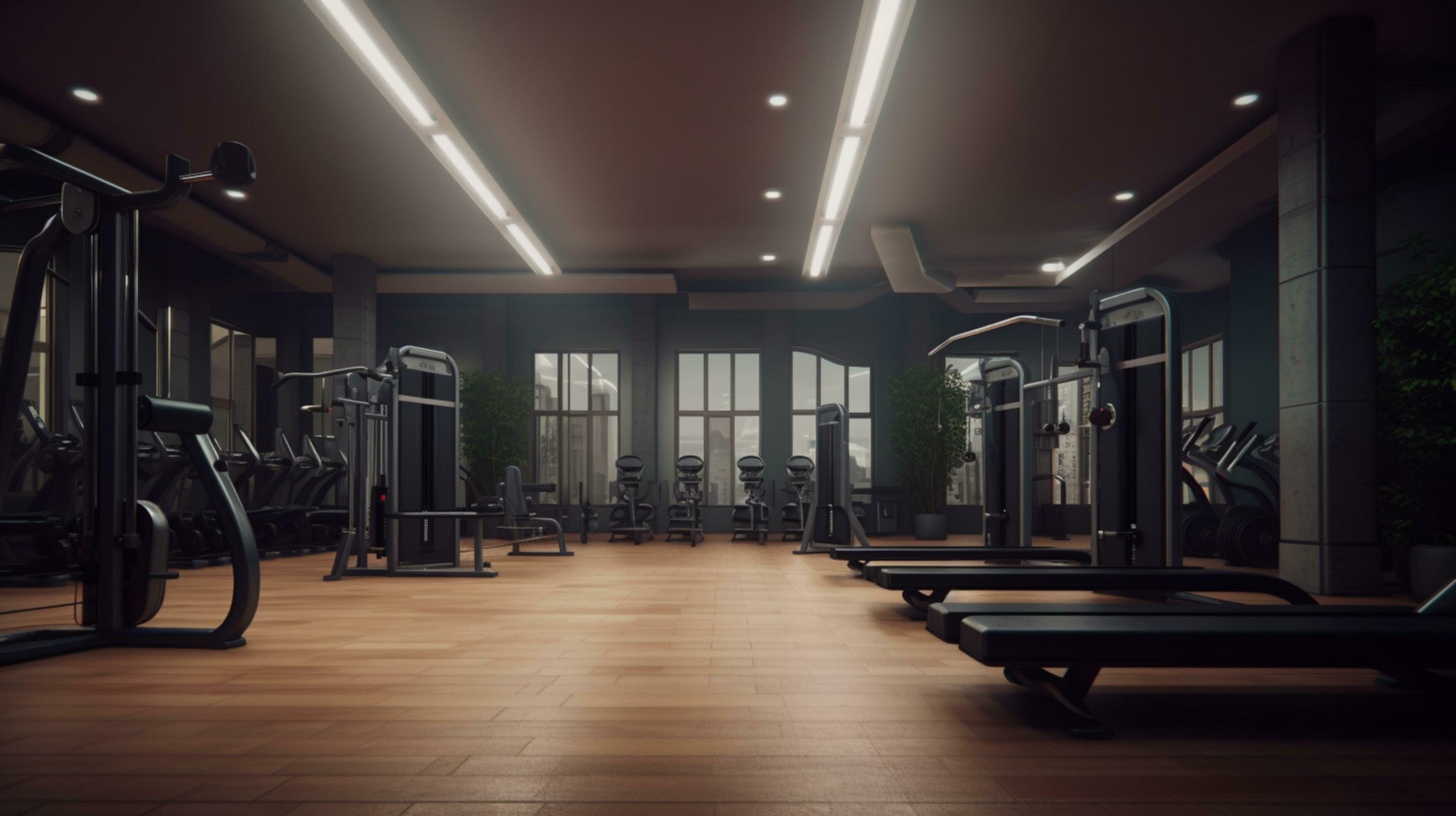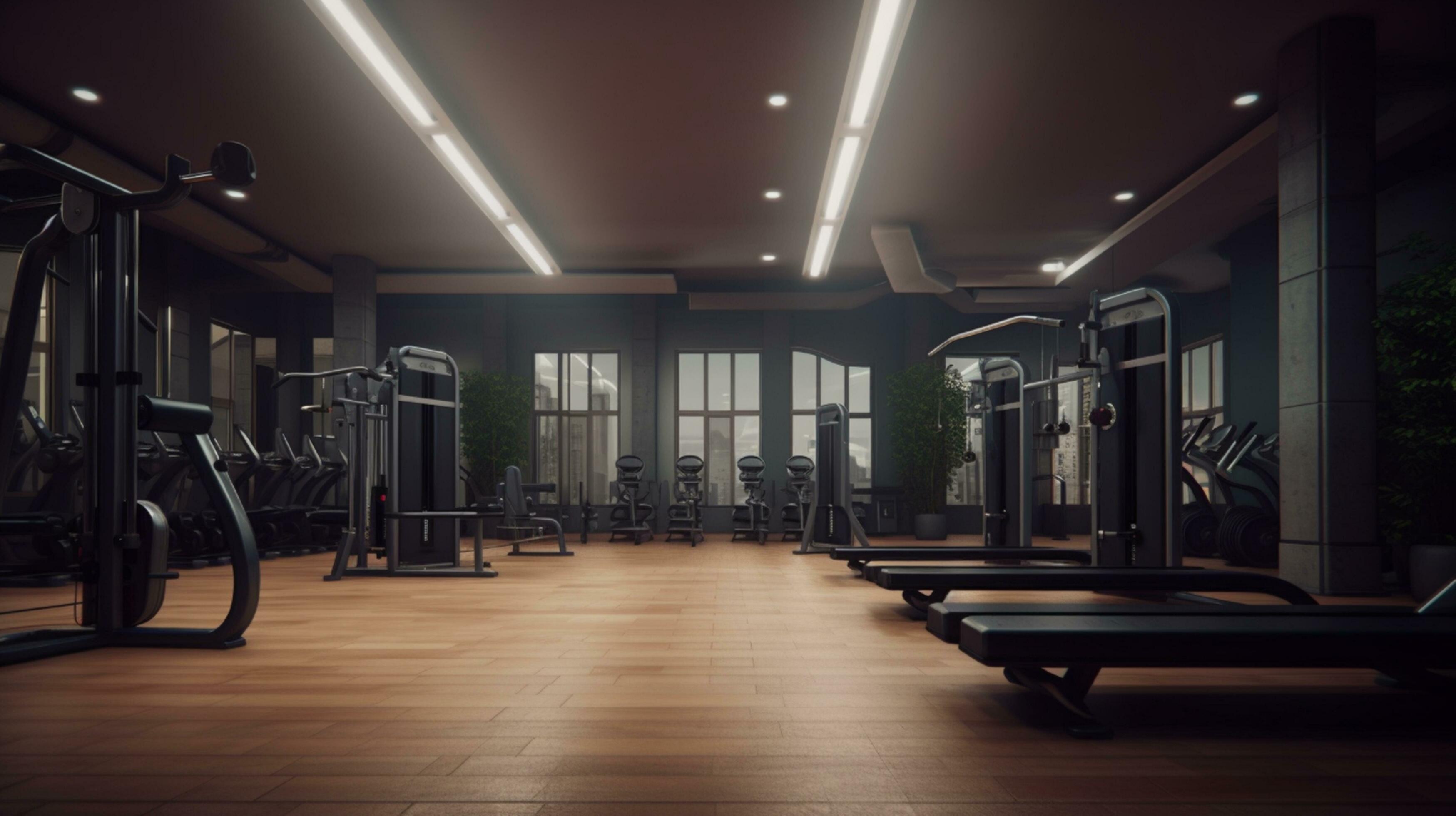Skip to product grid
-


Gladiator Lacrosse 6.0 mm Velcro Net - Durable, Weather-Resistant, Universal Fit for All Goals
Regular price $209.99Sale price $209.99 Regular price -


Gladiator Lacrosse® Multi-Color Lacrosse Ball - NOCSAE Certified, Durable Rubber, High-Visibility
Regular price From $19.99Sale price From $19.99 Regular price -


Gladiator Lacrosse® NOCSAE Certified White Lacrosse Ball - 100% Durable Rubber Construction
Regular price From $9.99Sale price From $9.99 Regular price -


Gladiator Lacrosse® Official Yellow Lacrosse Ball - NOCSAE Certified, Durable, High-Visibility Grip
Regular price From $9.99Sale price From $9.99 Regular price -


Gladiator Lacrosse® NOCSAE Certified Orange Lacrosse Ball - Durable Rubber, High Visibility
Regular price $9.99Sale price $9.99 Regular price -


Gladiator Lacrosse Official Pink Lacrosse Ball - NOCSAE Certified, Durable 100% Rubber with Grip
Regular price From $9.99Sale price From $9.99 Regular price -


Gladiator Lacrosse 72" Lacing Cord - Durable, Easy Installation for Goal Netting
Regular price $15.99Sale price $15.99 Regular price -


24-Pack Gladiator Lacrosse® Wall Rebounder Replacement Clips - Durable Metal Fasteners for Secure Training
Regular price $17.99Sale price $17.99 Regular price -


Gladiator Lacrosse® Durable Wall Rebounder Replacement Pins Set of 2 - 3.5" & 4" Sizes
Regular price $22.90Sale price $22.90 Regular price -


Gladiator Lacrosse® Ball Bag - 100 Ball Capacity, Durable Design & Mesh Essentials Pocket
Regular price $59.99Sale price $59.99 Regular price -

Gladiator Lacrosse 24-Pack Bungee Cord Goal Fasteners for Secure Net Attachment
Regular price $39.99Sale price $39.99 Regular price -


Gladiator Lacrosse Beginner Goal Target - 7 Target Zones for Enhanced Shooting Accuracy
Regular price $89.99Sale price $89.99 Regular price -


Gladiator Lacrosse® 9-Pocket Target - Precision Training Tool, Weatherproof & Durable Design
Regular price $149.99Sale price $149.99 Regular price -


Gladiator Lacrosse® 18" x 18" Corner Targets Set for Enhanced Shooting Accuracy & Quick Setup
Regular price $59.99Sale price $59.99 Regular price -


Gladiator Lacrosse 7.0 Mm Heavy-Duty Replacement Net for Round/Square Goals - 6X6 Durability
Regular price $169.99Sale price $169.99 Regular price -


Gladiator Lacrosse 6.0 mm Heavy Duty Replacement Net for 6'x6' Goals - UV & Weather Resistant Durability
Regular price From $149.99Sale price From $149.99 Regular price


































